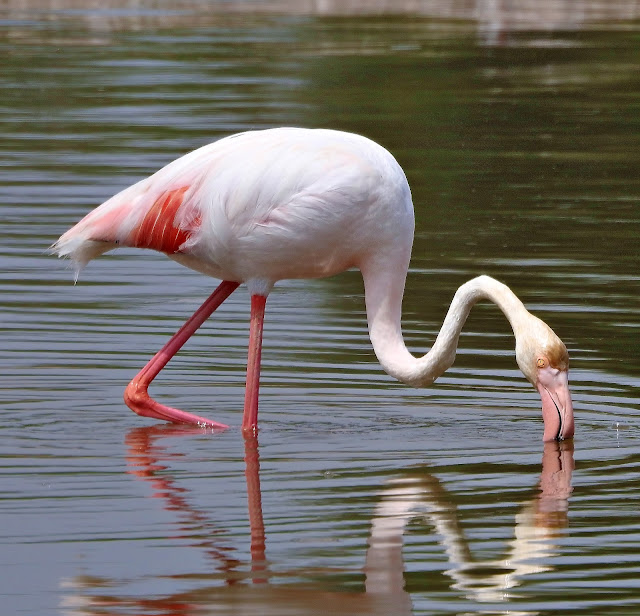The black-winged stilt (Himantopus himantopus) is a widely distributed very long-legged wader in the avocet and stilt family (Recurvirostridae). The scientific name H. himantopus is sometimes applied to a single, almost cosmopolitan species. Alternatively, it is restricted to the form that is widespread in Europe, Asia and Africa, which equals the nominate group of Himantopus himantopus sensu lato (whereas the black-necked, H. mexicanus, and white-backed stilt, H. melanurus, both inhabit the Americas, and the pied stilt, H. leucocephalus, inhabit southeast Asia to Australia and New Zealand). Most sources today accept 1–4 species. The scientific name Himantopus comes from the Greek meaning "strap foot" or "thong foot".

The breeding habitat of all these stilts is marshes, shallow lakes and ponds. Some populations are migratory and move to the ocean coasts in winter; those in warmer regions are generally resident or short-range vagrants. In Europe, the black-winged stilt is a regular spring overshoot vagrant north of its normal range, occasionally remaining to breed in northern European countries. Pairs successfully bred in Britain in 1987, and after a 27-year hiatus there were two instances of successful breeding in Southern England in 2014. 13 young were fledged in southern England in 2017. Four chicks were successfully fledged in northern England in 2022; this is believed to be the most northerly breeding success for the black-winged stilt.
These birds pick up their food from sand or water. They eat mainly insects and crustaceans.The nest site is a bare spot on the ground near water. These birds often nest in small groups, sometimes with avocets.
These birds are communal nesters and may breed in loose colonies. They have been known to breed as far north as Britain, with recent successful breeding events recorded in Southern and Northern England.
Their diet consists mainly of insects and crustaceans, which they deftly pick from the water's surface or from wet sand.








%201.jpg)



%201.jpg)















%201.jpg)




%201.jpg)




%201.jpg)




%201.jpg)
%201.jpg)




